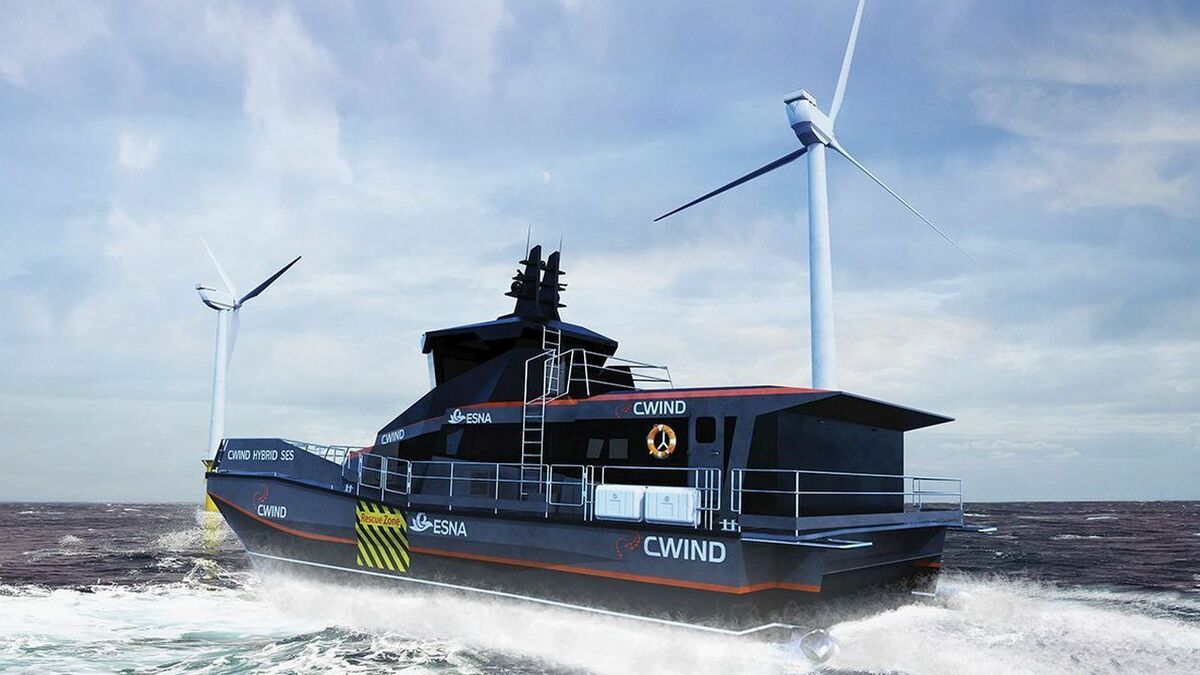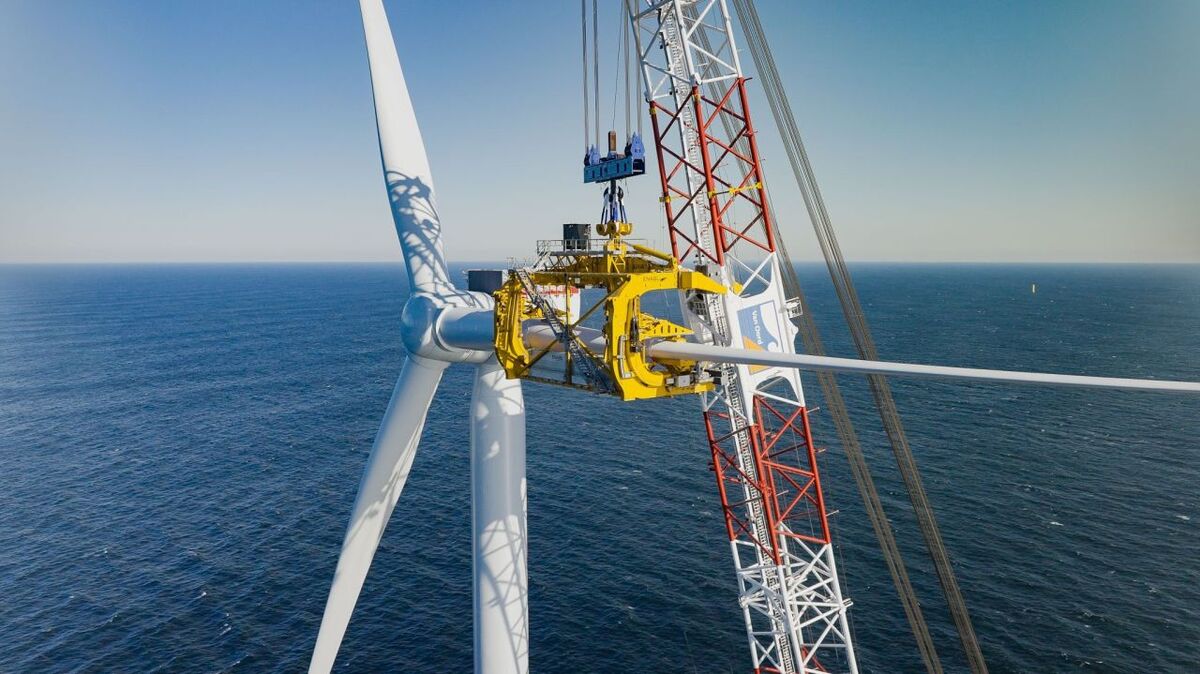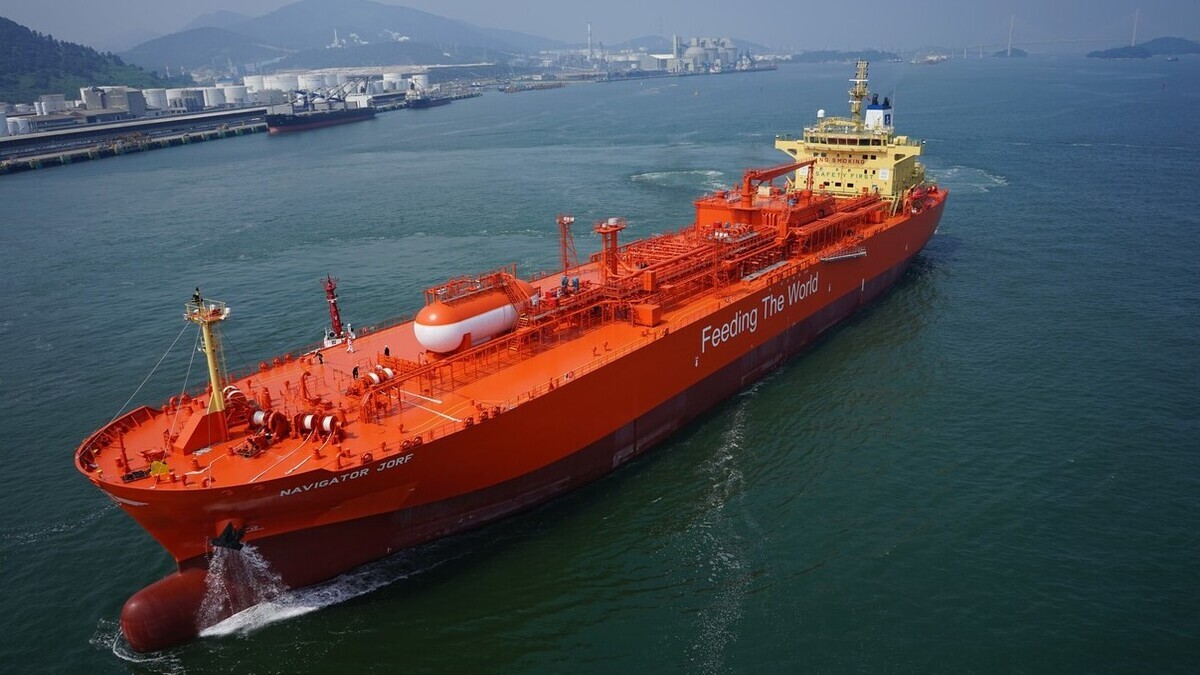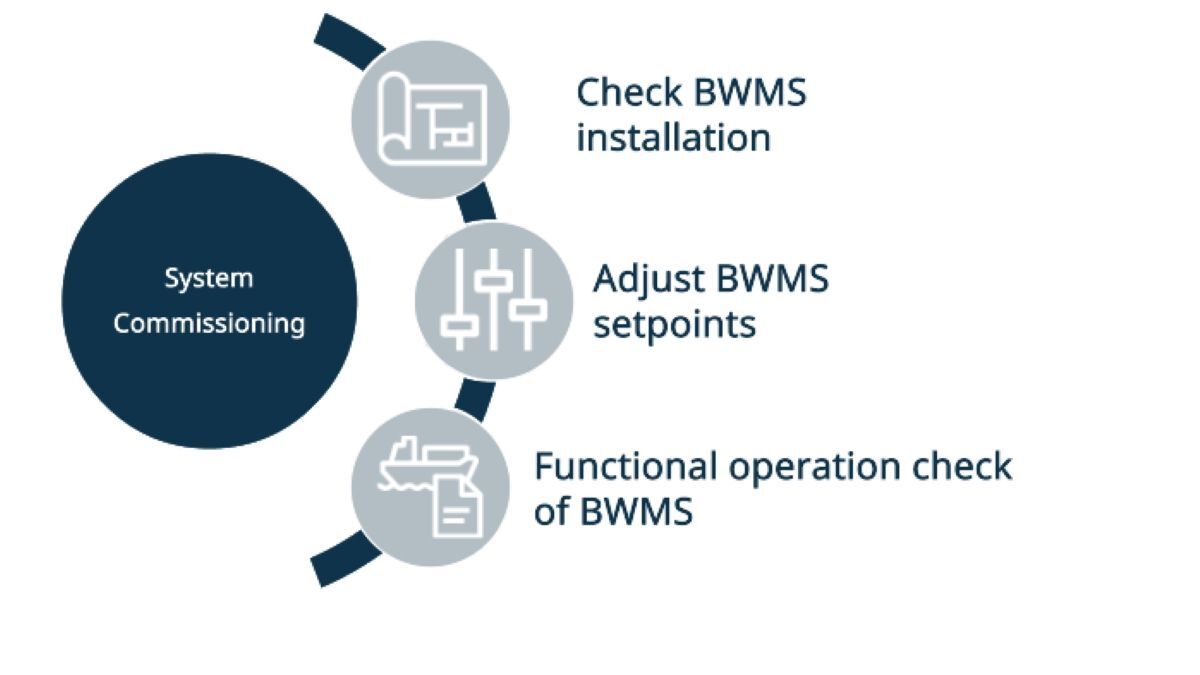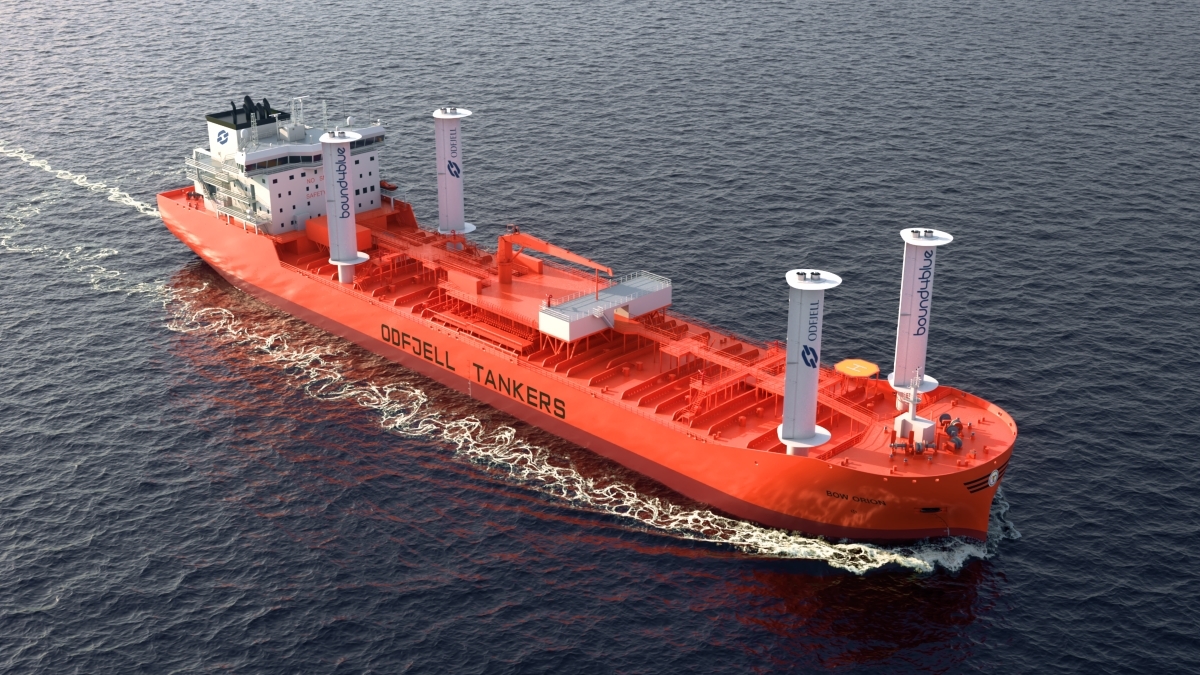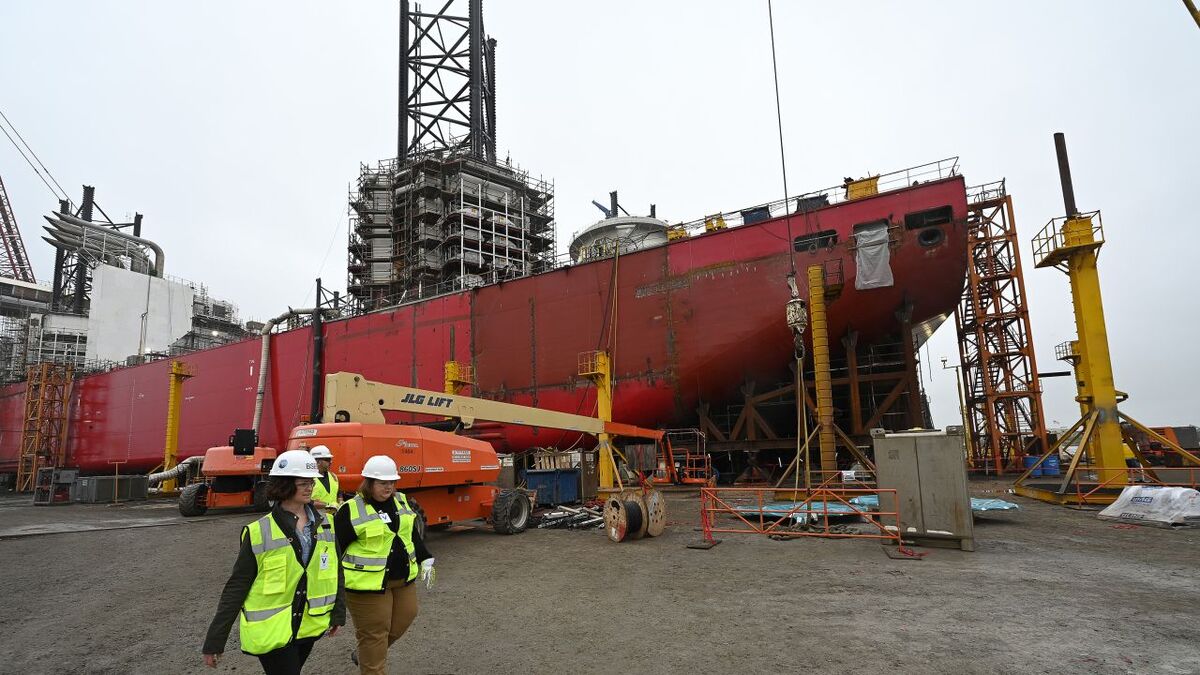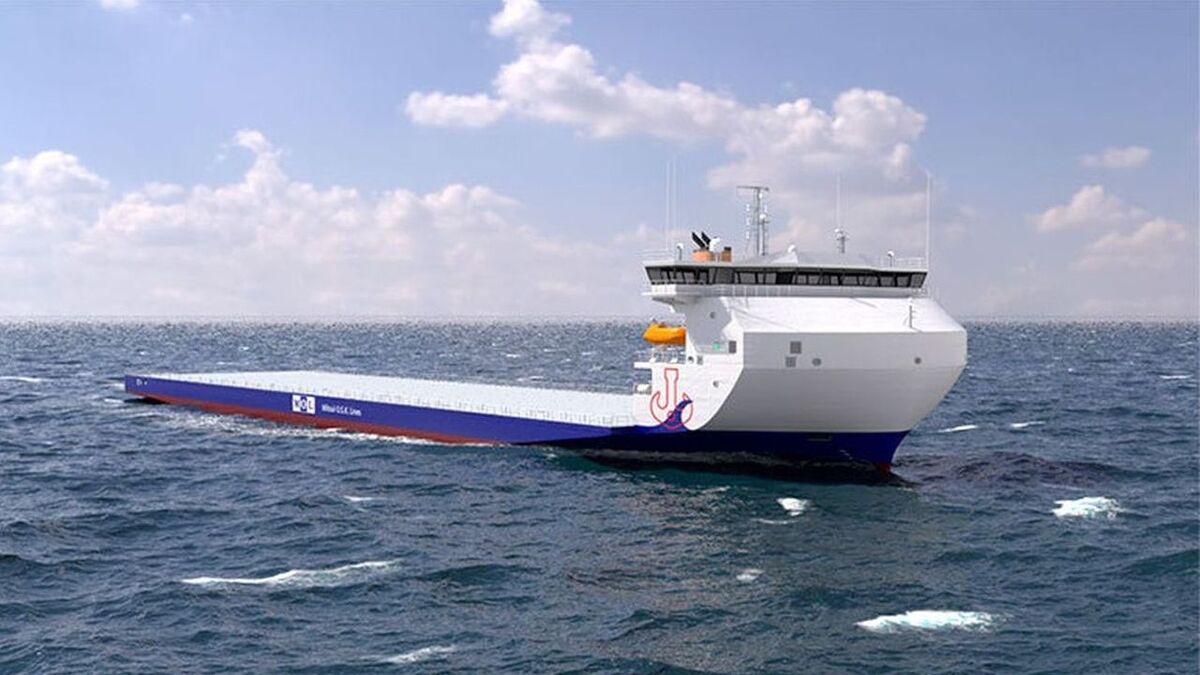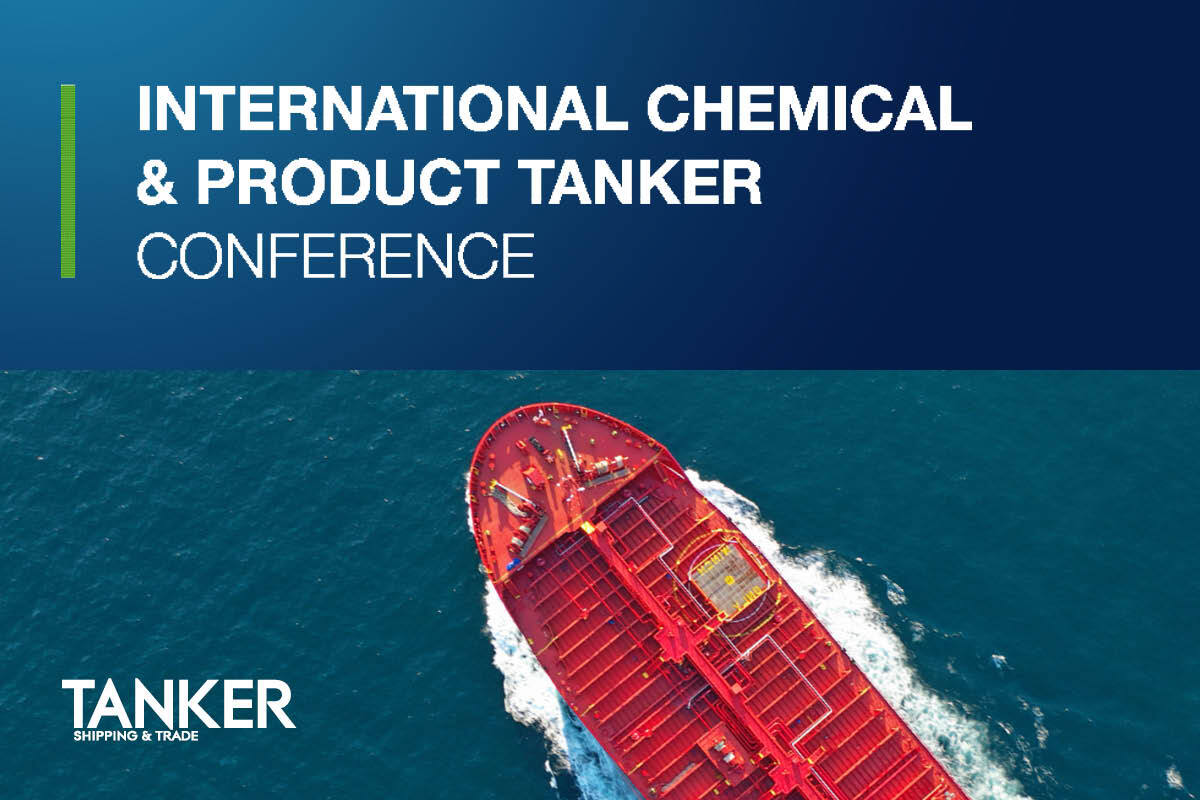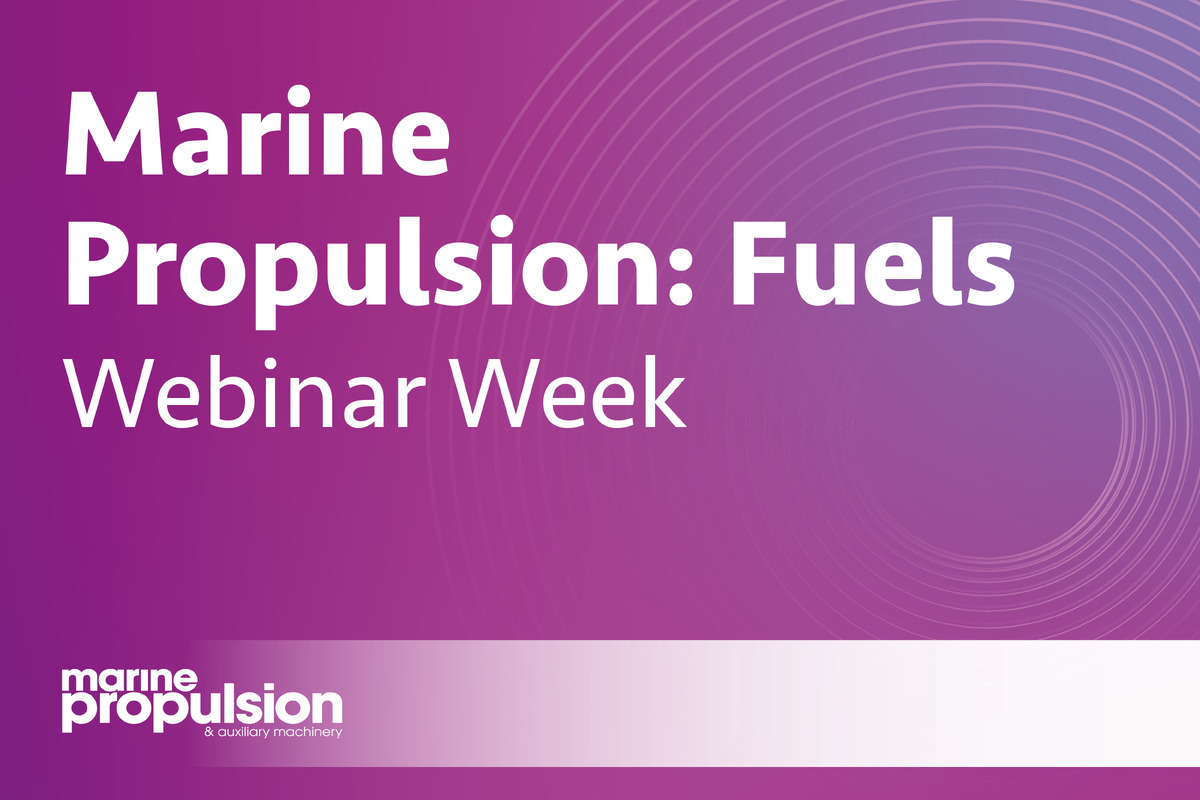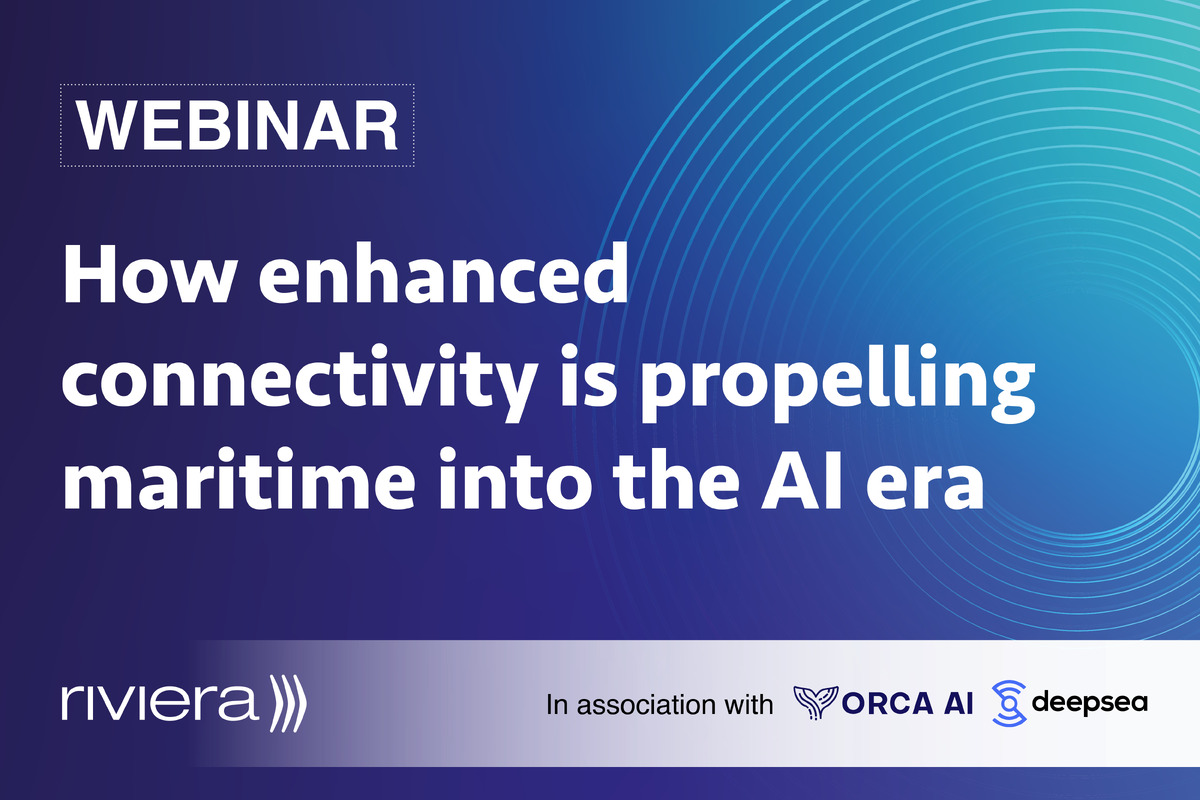Business Sectors
Events
Contents
UK charts course to zero-emissions CTVs
The Department for Transport could use COP26 to launch an initiative to reduce emissions from crew transfer vessels
As part of its Clean Maritime Plan, the UK is heading an industry-leading effort to decarbonise emissions from vessels in the offshore wind sector and is planning to bring proposals to the COP 26 climate talks in London next year.
The plan to make workboats in offshore wind ‘zero-emissions’ units is part of a Clean Maritime Plan to tackle emissions from transport.
Speaking at Offshore Wind Scotland: Vessels in Aberdeen, Department for Transport acting deputy director, maritime environment Morna Cannon said – in addition to the climate effects of emissions from vessels – air pollution is the top environmental risk to health in the UK and urgently needs to be tackled.
She also explained that, in 2019, the government in the UK launched a green finance initiative for the maritime sector, with support for clean maritime innovation, including grant aid, a call for evidence and consultation on possible non-tax incentives to support the transition to zero-emissions shipping, a working group and study to identify and support UK zero-emissions shipping clusters and the launch of a maritime emissions regulation advisory service to provide dedicated support to innovators using zero-emissions propulsion technologies.
“By 2025 we expect all vessels operating in UK waters will maximise the use of energy efficiency options,” Ms Cannon said. “Also, all new vessels being ordered for use in UK waters are being designed with zero-emissions propulsion capability and zero-emissions commercial vessels are in operation in UK waters.
“For the offshore wind sector as a whole, decarbonisation of maritime operations will place a significant demand on systems for clean energy,” she told the event. “Vessels will have to decarbonise, like all other parts of maritime sector, but offshore wind has advantages such as the recently agreed Offshore Wind Sector Deal, and its lengthy experience with innovation.”
With COP26 in mind, the department has taken the first steps towards ‘operation zero’ with a coalition of business leaders from across the North Sea offshore wind supply chain who are committed to decarbonising operation and maintenance vessels. The aim is to present a declaration during COP26, showcasing the good work being done by industry, Ms Cannon said.
A draft declaration has committed to deploying zero-emissions workboats in the North Sea offshore sector by 2030 and to sharing best practice in decarbonising workboats in the offshore wind sector.
It also committed to maintaining an open dialogue between industry and government, to facilitate transition, to proactively exploring the potential for offshore wind to be part of shipping’s future fuel mix, and for the sector to play an active role in decarbonising the wider maritime industry.
As speakers at the event highlighted, novel alternatives for propulsion for CTVs are being actively pursued in the UK. These include using hydrogen as a fuel, low carbon fuels with exhaust gas treatment, the electrification of vessels, and advanced monitoring and controls. In the longer term, said Ms Cannon, the Department for Transport even sees opportunities for offshore charging for vessels in the sector.

In 2019, the Carbon Trust Offshore Wind Accelerator programme launched a competition to accelerate the development of technology with the potential to reduce vessel emissions and fuel consumption. Four innovative concepts secured support, including Windcat Workboats and CMB, who are working on hydrogen propulsion; Seaspeed Marine Consulting and Chartwell Marine, who are supporting the development of a hybrid diesel/electric/outboard CTV; CWind with its hybrid diesel/electric surface effect ship, and Robert Allan, with its Raptor 2100, a desktop study for a methanol/electric hybrid CTV.
Vattenfall Network Solutions business development manager Carolina Escudero told the Offshore Wind Scotland: Vessels event that ports and harbours in the UK would have a vital role to play enabling the process of electrifying CTVs.
“Electrification is one of the most important avenues for decarbonisation,” she said. “Ports and vessel owners are beginning to respond to that, because they need to meet emissions regulations and decarbonise, and a growing number are planning to provide shore-to-ship power. Vattenfall believes an electric future is possible for the CTV sector and in the longer run other vessels, but multiple stakeholders need to be engaged to make it happen.”
“There are a lot of questions around electrification, not least who pays for new onshore infrastructure, but change is coming, and we believe the key to advancing electrification is partnerships. We expect a range of solutions to appear in the near future.
“Offshore wind is a particularly exciting sector for vessels and propulsion. The projects funded by the OWA will all likely require a level of ship-to-shore power to enable their emissions reduction ambitions.
“I expect use of shore-to-ship power to increase and become widespread. This increase will follow as a direct result of the push from large wind developers to decarbonise their operations. The reason I expect this to increase is that the technology required to provide ship-to-shore power is proven. It only needs capital investment from ports.”
“Ports will require a level of assurance from the vessel operators before engaging in an infrastructure project that, depending on its size and complexity, could cost millions of pounds,” she said. “Another potential challenge is the electricity network is constrained in some parts of the UK, and in some areas new connections could be expensive.
“The main challenge with ensuring the power they use is from renewables is space. For ports where wind and solar PV can be installed, a microgrid can enable the seamless integration of self-generated renewable electricity,” she explained. “For those that don’t have space, or face planning restrictions, a power purchasing agreement enables them to buy power from a renewable source, even if the generator is not nearby.”
Ms Escudero agreed that, at the moment, if the business case for shore power is driven purely by economics, it will be difficult to make it stack up, but once more stringent emissions regulations come into force, ports will need to make the transition and it won’t be a question of ‘how much’ but ‘how fast can we make it happen’?
She expects ports and vessel owners to work hand-in-hand to identify where there are sufficient vessels to make the business case for electrification, but believes progress will most quickly be made if all of the stakeholders involved get together in a network to make ship-to-shore power a reality.
“Partnerships are fundamental to this process,” she said. “We have already initiated partnerships with other industries and in the marine sector, we co-operated with Swedish system integrator Echandia Marine to enable the deployment of an all-electric ferry in the Stockholm Archipelago. In the UK we are already in talks with vessel operators and ports to make electrification a reality.”
Asked in what timeframe we might see the first ports providing shore power to offshore wind ships, Ms Escudero said, “The concept of ship-to-shore power is not new. It is something a lot of the larger ports in Europe are already deploying. The technology is there. Now we need to form the partnerships and make use of the drivers that will accelerate deployment in the UK and other fast-growing markets for offshore wind energy.”
Riviera will host a week of free to attend 45-minute webinars focused on offshore wind commencing 8 June. Register your interest now
Related to this Story
Events
Maritime Cyber Security Webinar Week
International Chemical & Product Tanker Conference 2024
Marine Propulsion: Fuels Webinar Week
How enhanced connectivity is propelling maritime into the AI era
© 2023 Riviera Maritime Media Ltd.


